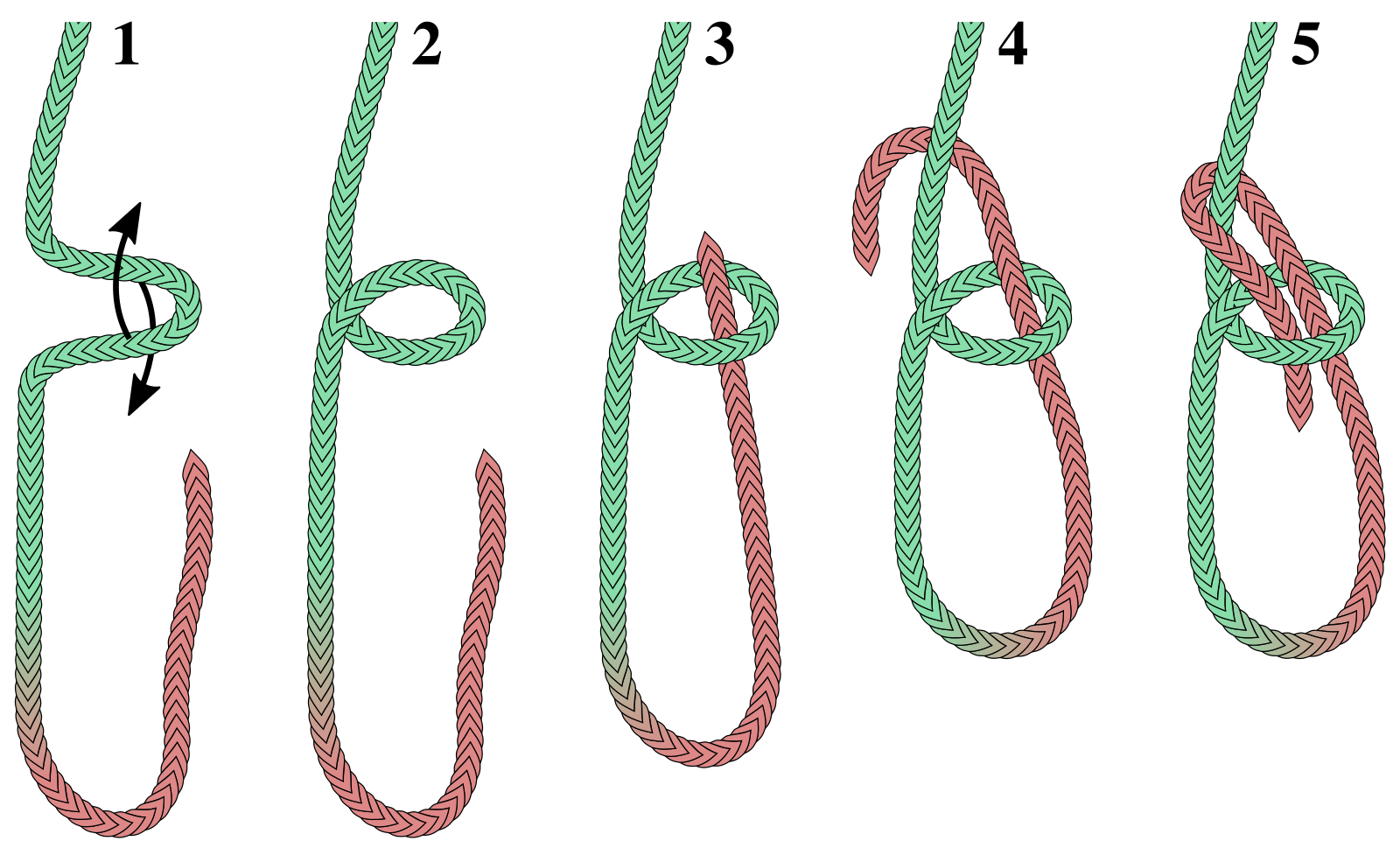|
Sheet Bend
The sheet bend (also known as becket bend, weaver's knot and weaver's hitch) is a bend. It is practical for joining lines of different diameter or rigidity. It is quick and easy to tie, and is considered so essential it is the first knot given in the ''Ashley Book of Knots''. Additionally, it is one of the six knots given in the International Guild of Knot Tyers' Six Knot Challenge, along with the clove hitch, bowline, reef knot (square knot), round turn and two half-hitches, and sheepshank. The sheet bend is related in structure to the bowline; like the bowline, it has a tendency to work loose when not under load. For increased security, it is sometimes recommended that one add another turn in the smaller end, making a double sheet bend; in most cases, however, a single sheet bend should suffice. As a bend, its advantages lie in its simplicity and non-jamming properties. It is commonly taught in Scouting. Definition The term "sheet bend" derives from its use bendin ... [...More Info...] [...Related Items...] OR: [Wikipedia] [Google] [Baidu] |
Bowline The bowline ( or ) is an ancient and simple knot used to form a fixed loop at the end of a rope. It has the virtues of being both easy to tie and untie; most notably, it is easy to untie after being subjected to a load. The bowline is sometimes referred to as ''King of the knots'' because of its importance. Along with the sheet bend and the clove hitch, the bowline is often considered one of the most essential knots. The common bowline shares some structural similarity with the sheet bend. Virtually all end-to-end joining knots (i.e., bends) have a corresponding loop knot. Although the bowline is generally considered a reliable knot, its main deficiencies are a tendency to work loose when not under load (or under cyclic loading), to slip when pulled sideways, and the bight portion of the knot to capsize in certain circumstances. To address these shortcomings, a n |
